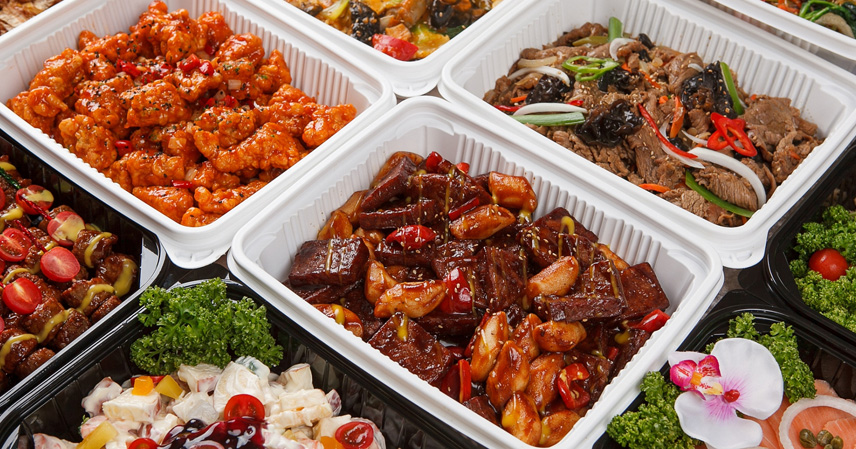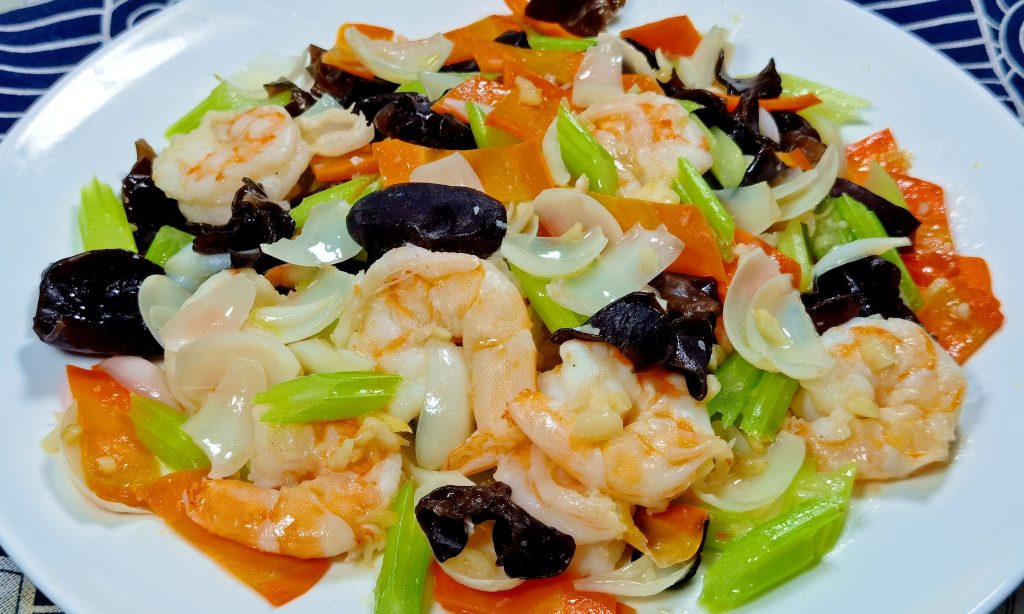A single tweet from entrepreneur Luo Yonghao thrust pre-cooked meals into the spotlight, sparking a nationwide debate and a commercial firestorm. While many rush to bash pre-cooked meals online, here’s a reality check: those frozen dumplings in your fridge and the seasoning packets in your takeout? They’re pre-cooked meals too.
So, are pre-cooked meals a triumph of industrial progress or a shady “tech gimmick”? The real issue goes beyond the kitchen, touching deeper societal and economic layers. Most critics, swept up by emotion, haven’t even grasped what pre-cooked meals truly are before joining the “anti-pre-cooked” bandwagon.

What Are Pre-Cooked Meals, Really?
It wasn’t until March 2024 that China’s authorities officially defined pre-cooked meals. Per the regulations, they’re pre-packaged dishes made from agricultural products or other raw materials, pre-processed for consumption. Notably, this excludes raw seafood, raw meat, and raw fruits or vegetables.
Pre-cooked meals fall into four categories:
- Ready-to-eat: Think vacuum-packed rice.
- Ready-to-heat: Like frozen dumplings.
- Ready-to-cook: Pre-marinated beef slices, for example.
- Ready-to-prep: Pre-washed and chopped vegetables.
Interestingly, dishes from central kitchens (like those used by restaurant chains) don’t count as pre-cooked meals. That’s why chains like Xibei insist they don’t use them, relying instead on centralized production.
Pre-cooked meals aren’t new. Globally, they’ve been around for over half a century.
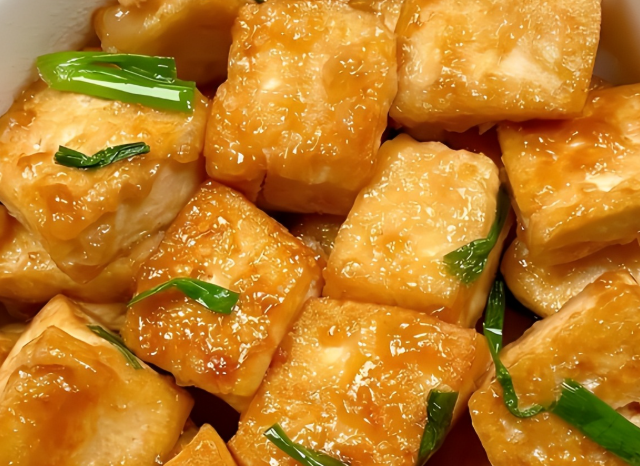
A Global Staple for Decades
Originating in the 1960s in Europe and America, pre-cooked meals were designed to boost restaurant efficiency and ensure consistent quality. Japan, a leader in this space, had a frozen food market worth 3.5 trillion yen in 2024, with 40% driven by household pre-cooked meals. In Japanese neighborhoods, 80% of small eateries are chain brands offering 15–20 dishes, mostly using pre-cooked or semi-pre-cooked ingredients. This ensures stable quality while meeting demands for convenience and affordability.
Do Pre-Cooked Meals Lose Nutrients?
A common worry is that pre-cooked meals sacrifice nutrition. Studies show differences compared to home-cooked food, but it’s not as drastic as feared. For protein, carbs, and fats, pre-cooked meals hold up well. Professor Zhu Yi from China Agricultural University notes: “After heating, meat loses less than 5% of its protein.” While vitamins and minerals may degrade slightly, the loss isn’t much worse than home cooking. For instance, frying fresh vegetables at home can destroy 20–30% of vitamin C, and long stews can lose over 50%.
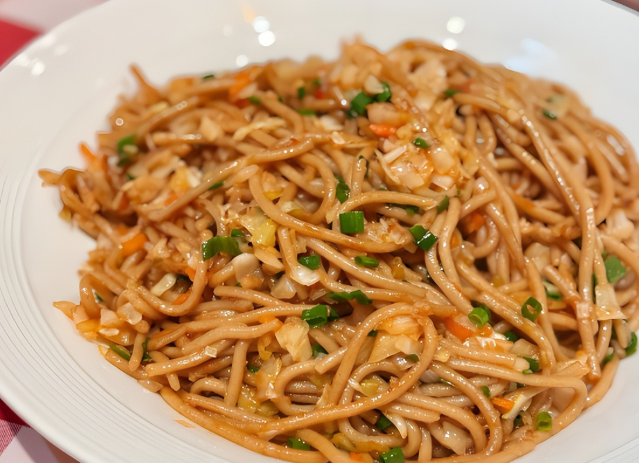
Surprisingly, pre-cooked meals have unique strengths. Many are designed by nutritionists, balancing nutrients better than improvised home meals. Standardized production also controls oil, salt, and sugar precisely, promoting healthier eating.
The Bigger Picture: Pre-Cooked Meals Drive Progress
Pre-cooked meals represent the fusion of modern agriculture and food industry, advancing the processing of agricultural products. They link farming, livestock, and cold-chain logistics, boosting integration across primary, secondary, and tertiary industries.
For farmers, pre-cooked meals set clear standards, pushing agriculture toward standardized, large-scale production. Deep processing increases the value of crops, raising farmers’ incomes. Stable procurement contracts reduce farming risks, while the industry spurs innovation in new crop varieties and technologies.
Opposing pre-cooked meals, in a sense, resists this agricultural upgrade. Supporting them aligns with modernizing agriculture.
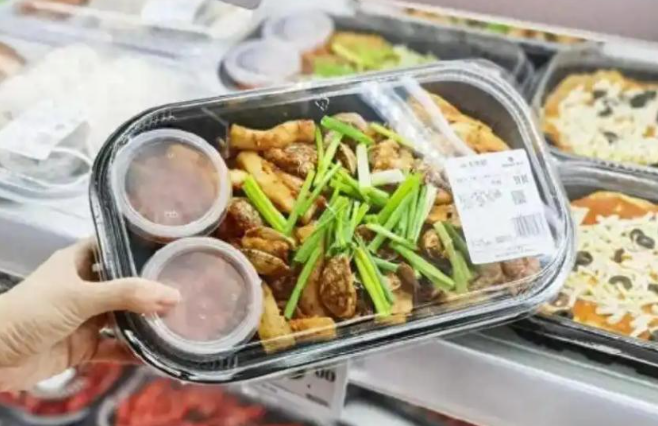
The Real Issue: Transparency, Not the Meals Themselves
The Luo Yonghao-Xibei controversy highlights what consumers truly care about: transparency and the right to know. The catering industry’s shift toward industrialization is unstoppable. Once a society’s urbanization rate exceeds 50%, catering industry must embrace industrialization, scale, and standardization to boost efficiency and ensure quality. Just as we no longer use hand-spun looms over modern textile machines, catering industry can’t cling to inefficient, manual cooking forever.
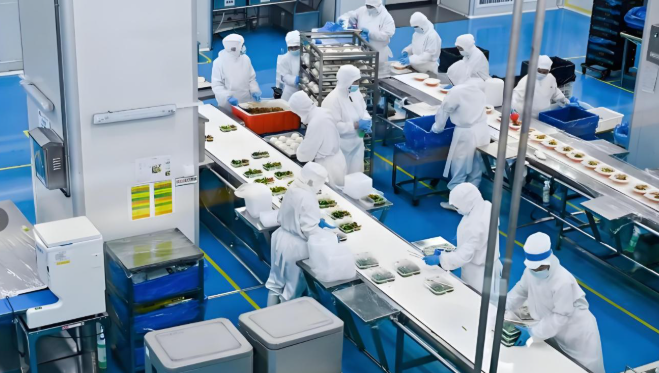
Conclusion: Stay Rational, Focus on Real Risks
Rather than blindly rejecting pre-cooked meals, we should approach them rationally. The focus should be on practical concerns like food safety oversight and transparent nutrition labeling, not emotional blanket opposition. Pre-cooked meals are already in your kitchen—embrace them wisely.
References:
- National regulations on pre-cooked meals (March 2024)
- Zhu Yi, China Agricultural University, on pre-cooked meal nutrition
- Japanese frozen food market data (2024)
- Studies on nutrient retention in pre-cooked vs. home-cooked meals

